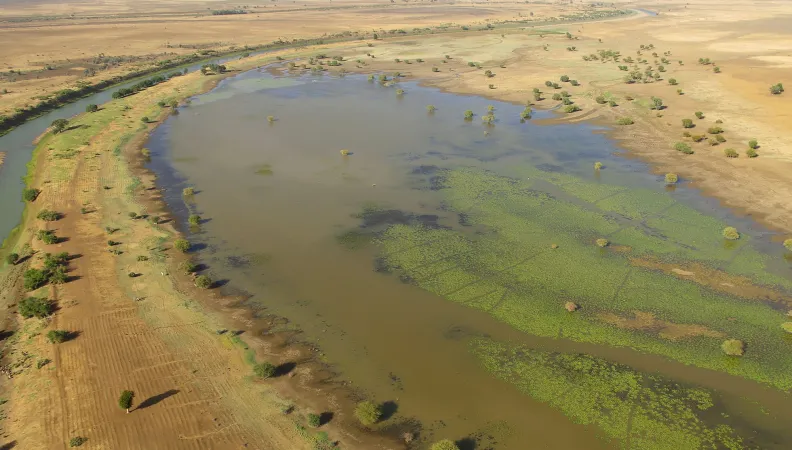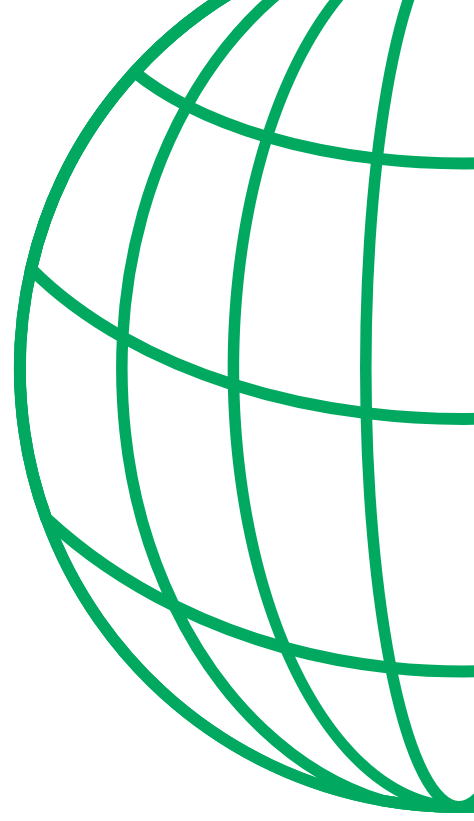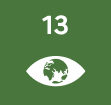Share the page
Toward a strengthened network of protected marine areas in West Africa (RAMPAO)
Project


-
Project start date
-
Status
In progress
-
Estimated date of project termination
-
-
Project financing date
-
-
Financing duration
-
4 YEARS
-
Type of program
-
FFEM
-
Global financing amount
-
3 860 500 €
-
FFEM financing amount
-
1 100 000 €
-
Country and region
-
Cape Verde, Gambia, Guinea-Bissau, Senegal, Sierra Leone
-
Location
-
Cap Vert, Gambie, Guinée, Guinée Bissau, Mauritanie, Sierra Leone, Sénégal
-
Type of financing
-
Grant
-
Beneficiaries
-
Réseau des aires marines protégées d’Afrique de l’Ouest (RAMPAO)



The West African coastline is subject to ever-growing and diverse pressures from human activities, mineral exploitation and coastal urbanisation. Its biodiversity is badly degraded, and the living conditions of its populations impacted. To bolster the protection of these environments the FFEM is supporting the RAMPAO network of protected marine areas, acting as a key regional actor for the conservation and mobilisation of all those involved: the managers of protected marine areas, civil society, and the research communities.
Context
From Mauritania to Sierra Leone, the West African coastline spans 4,000 kilometres. It is characterised by a wide range of habitats that give shelter to remarkable marine and coastal biodiversity. The coastline concentrates almost 30% of the population from the region’s coastal states. Exposed to growing human pressures and the repercussions of climate change, it has since 2007 benefited from the conservation actions of the Network of Marine Protected Areas in West Africa (RAMPAO). With the Regional Partnership for the Conservation of Coastal and Marine Areas in West Africa (PRCM), this network is an effective lever for regional cooperation between different actors to improve the protection of species and habitats. The FFEM supports the RAMPAO network in its activities, by providing human and financial resources underpinning its operational legitimacy while ensuring its sustainability.
Description
The project has three components:
- Helping RAMPAO compile a long-term strategy and business plan.
- Developing a programme of small projects supporting the protected marine areas and civil society organisations, with particular focus on the conservation of small pelagic species.
- Contributing to the financial sustainability of marine and coastal biodiversity conservation in West Africa by mobilising resources and assessing the possible creation of a regional trust fund for conservation.
Impacts
- Recognising RAMPAO as an essential actor in the coordination, capitalisation and development of protected marine areas in the sub-region.
- Improving the management of protected marine areas.
- Sustainably managing the coastal stocks and locations critical to the small pelagic species.
- Consolidating protected marine areas by launching several small projects.
- Assessing innovative financing solutions to respond to the financial needs of protected marine areas.
Exemplary and innovative characteristic
The regional dynamic supported by this project is an innovation for West Africa. Strengthening the RAMPAO network should improve the visibility of regional environmental challenges, harmonise actors’ responses to these challenges and encourage the commitment of the international community to biodiversity protection. The project also seeks to explore innovative financing sources. All the best practices and tools developed as part of these small projects supported by RAMPAO are to be shared, both within the network of protected marine areas and outside.
Sustainable Development Goals
ODD13 Climate action

ODD17 Partnerships for the goals

ODD14 Life below water



